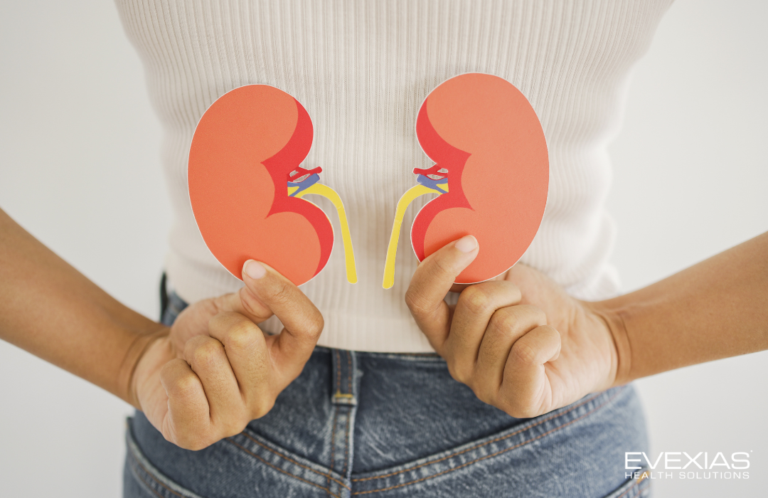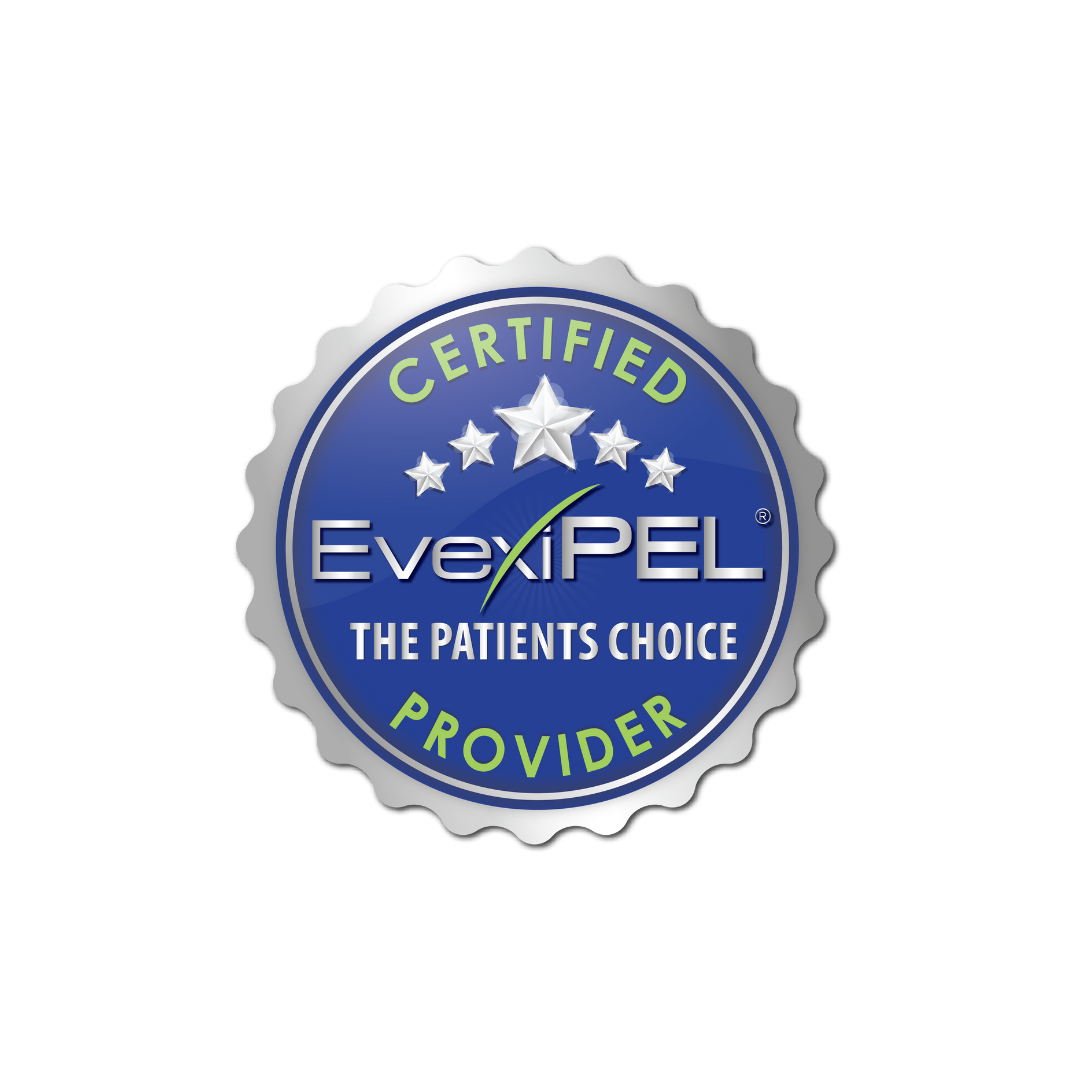In the human body, hormones are responsible for most of the basic functions. Be it coordinating digestion, controlling the immune function, or impacting mood and libido. Naturally, when these hormone levels go out of balance even so slightly, it drastically impacts health and wellness.
Luckily, there’s a cure with the help of hormone replacement therapies (HRT). They are quite popular among people experiencing symptoms of hormonal imbalance. Statistics show that the HRT market size at 21.28 billion in 2022 is projected to grow at a CAGR of 6.6% from 2023 to 2030. This increasing popularity can be attributed to how HRT plays a significant role in preventive medicine, such as reducing the risk for Alzheimer’s disease, heart disease, and even COVID-19 and its mortality rate.
While HRT comes in various types and forms, bioidentical hormone replacement therapy (BHRT) has been the most sought-after treatment option by both patients and caregivers alike. They are sourced from natural products and clinically adjusted to mimic the human body’s hormones at a molecular level. This way of replenishing lost hormones and alleviating perimenopause or menopausal symptoms is safer than other traditional hormone replacement therapies.
Adding BHRT to your clinical practice can help you meet the needs of patients seeking natural hormone balance solutions. You can personalize their treatment and improve health outcomes. By expanding your treatment offerings, you also have the chance to broaden your patient base and transform their lives.
Ready to get started? Read on as we dive deep into understanding BHRT’s benefits, risks, and side effects with actionable tips on how you can add BHRT to your wide array of services.
What is Bioidentical Hormone Replacement Therapy?
BHRT is primarily used to manage menopausal symptoms in women and is also used to treat other conditions that cause a hormonal imbalance in both men and women.
There are two types of hormone replacement therapy:
- Synthetic hormone therapy
- Bioidentical hormone replacement therapy
In synthetic hormone therapy, the hormones are derived from animals and mixed with chemicals in the lab. This creates hormones similar to but not exactly like human hormones, causing side effects and poor outcomes. Naturally, BHRT is sought as a better solution.
The first bioidentical hormone replacement therapy (BHRT) was used in the 1930s for menopausal symptom relief. Over the years, it’s been referred to by other names like bioidentical hormone therapy (BHT), menopausal hormone therapy, as well as natural hormone therapy.
In this treatment method, hormones are sourced from natural products like yams and soy and custom-compounded to match the exact structure of the hormones inside the human body. They are also combined with blood and saliva tests to assess hormone levels, along with treatments from compounding pharmacies. Some of the hormones used in BHRT are:
- Estrogen (estrone, estradiol, and estriol)
- Progesterone (progestin)
- Testosterone
- DHEA
Compounded bioidentical hormones are rising in popularity since their natural ingredients and exact molecular match make it easy for the body to accept the hormones and respond positively to the treatment.
What’s more, it’s a customizable solution that caters to individual patient needs. The formulations are prepared according to the exact specifications of healthcare prescribers. So, patients aren’t limited to a small range of standardized dosages. This high level of personalization makes smaller, more targeted doses possible, thus minimizing the risk of side effects.
Common Uses of BHRT: Supporting Optimal Health at Any Age
BHRT is primarily used to treat the symptoms of low or unbalanced hormone levels and is most often prescribed to improve the quality of life during menopause, andropause, thyroid dysfunction, and adrenal fatigue.
BHRT helps manage the following symptoms of menopause and andropause (but not limited to):
- Physical symptoms: Hot flashes, night sweats, weight gain, increased growth of facial and body hair.
- Mental symptoms: Depression, poor memory, anxiety, mood swings.
- Sexual symptoms: Decreased sex drive, erectile dysfunction in men, vaginal dryness in women.
In addition to these, BHRT is also used to treat other health conditions such as the following:
- Adrenal and thyroid disorders
- Fibromyalgia
- Osteoporosis
- Gallbladder disease
- Cardiovascular disease
By incorporating BHRT into your list of services, you can enable patients to achieve overall hormone balance and improved quality of life as they navigate these tough stages of biological aging. By tailoring their treatment plans, you can cater to every patient’s unique hormonal needs and help them prevent chronic health conditions.
The Safety and Efficacy of Bioidentical Hormones
Not all compounded bioidentical hormone products are tested for safety or effectiveness by the U.S. Food and Drug Administration (FDA). Naturally, people worry that they might result in long-term side effects like an increased risk of breast cancer and other endometrial complications.
But here’s the truth backed by scientific research: Randomized controlled trials promote bioidentical hormones as the preferred method of HRT and also associate it with a lower risk of breast cancer and cardiovascular disease. They are also validated as more efficient than their synthetic counterparts.
To ensure successful BHRT outcomes, healthcare providers should:
- Monitor carefully. As the treatment progresses, they should check the hormone levels to ensure they stay within the safe range. This will help them manage any potential side effects early on.
- Personalize treatment. Every patient’s need is unique. So, the dosage should be tailored according to the patient’s requirements and prior medical history.
- Educate patients. Empowering patients to understand the therapy will help them to cooperate and adhere to the given instructions and adopt lifestyle changes that complement the treatment.
Simultaneously, patients should choose professional, certified caregivers who are aware of the best practices in the industry and can deliver the therapy with optimal results.
Understanding Potential Side Effects of BHRT
While FDA-approved bioidentical hormones are deemed safe to use, some individuals might experience the following side effects:
- Weight gain
- Blood clots
- Acne
- Bloating
- Fatigue
These symptoms typically occur after the first dosage when the body is getting used to the therapy and can be treated easily by adjusting the dosage of BHRT. To minimize the risks in BHRT, healthcare providers must:
- Conduct a comprehensive medical evaluation for patient selection.
- Tailor the dosage of hormones to each patient’s unique physiology.
- Encourage regular follow-ups to track hormone levels and detect the side effects early on.
Transparent communication with the patient is also key. Explaining about BHRT will help them make informed decisions and also manage expectations. By providing emotional support, you can build trust and nudge the patient to adhere to the requirements of the therapy. All this will go a long way in ensuring successful outcomes.
Therapies Available for Bioidentical Hormone Replacement
Bioidentical hormones can be administered to patients through any of the following methods.
- Pills. This is the traditional method but carries higher side effects.
- Pellets. They are inserted under the skin to steadily release the necessary hormones over time without any daily maintenance.
- Creams and gels. They are applied topically and pose a risk of exposure to others after application.
- Patches. The hormones will be available in visible patches that can be worn on the skin to be absorbed into the bloodstream.
- Injections. Can be administered as intramuscular (fast-acting) or subcutaneous (slower absorption) injections. But this is painful and can cause uneven hormone delivery compared to pellets.
Most often, caregivers lean towards EvexiPEL hormone pellets for their numerous benefits such as:
- Convenience. The EvexiPEL hormone pellets are inserted under the top layer of the skin and it’s replaced only two to four times a year. Patients don’t have to deal with the hassle of daily pills or messy creams and gels.
- Better bioavailability. Bioidentical hormones are natural and make an exact match with human hormones. So they are easily absorbed and display greater results.
- Natural release. The EvexiPEL hormone pellets slowly dissolve into the bloodstream by releasing just the right dosage. This helps maintain optimal dosing throughout the treatment cycle.
- Fewer side effects. Custom-compounded EvexiPEL pellets have bioidentical hormones. This helps the body to easily accept the supplement and improves the efficiency of treatment without the side effects associated with non-BHRT.
Healthcare providers should explain the available treatment options to their patients and help them make the best choice based on their lifestyle and medical history.
Transform Your Practice with EVEXIAS Health Solutions
BHRT is life-changing—simply by offering patients a path to improved health and quality of life. By embracing this innovative therapy, you can expand your patient demography as well as your practice trajectory. This addition will position your practice as a leader in hormone health and also enhance your reputation as a provider dedicated to comprehensive patient care.
Get started today by becoming an EvexiPEL-certified provider and enjoy the following benefits:
- Access to patented EvexiPEL pellets.
- Continuous training in hormone replacement therapy (HRT) to stay updated with industry advancements.
- Training with an EVEXIAS Practice Development Specialist to enhance your practice.
- Support for innovative marketing strategies.
- Assistance with patient acquisition and reputation management.
BHRT is a strategic and compassionate opportunity to improve patient outcomes and practice growth. Stay in the competition and transform the lives that come to you for help!








